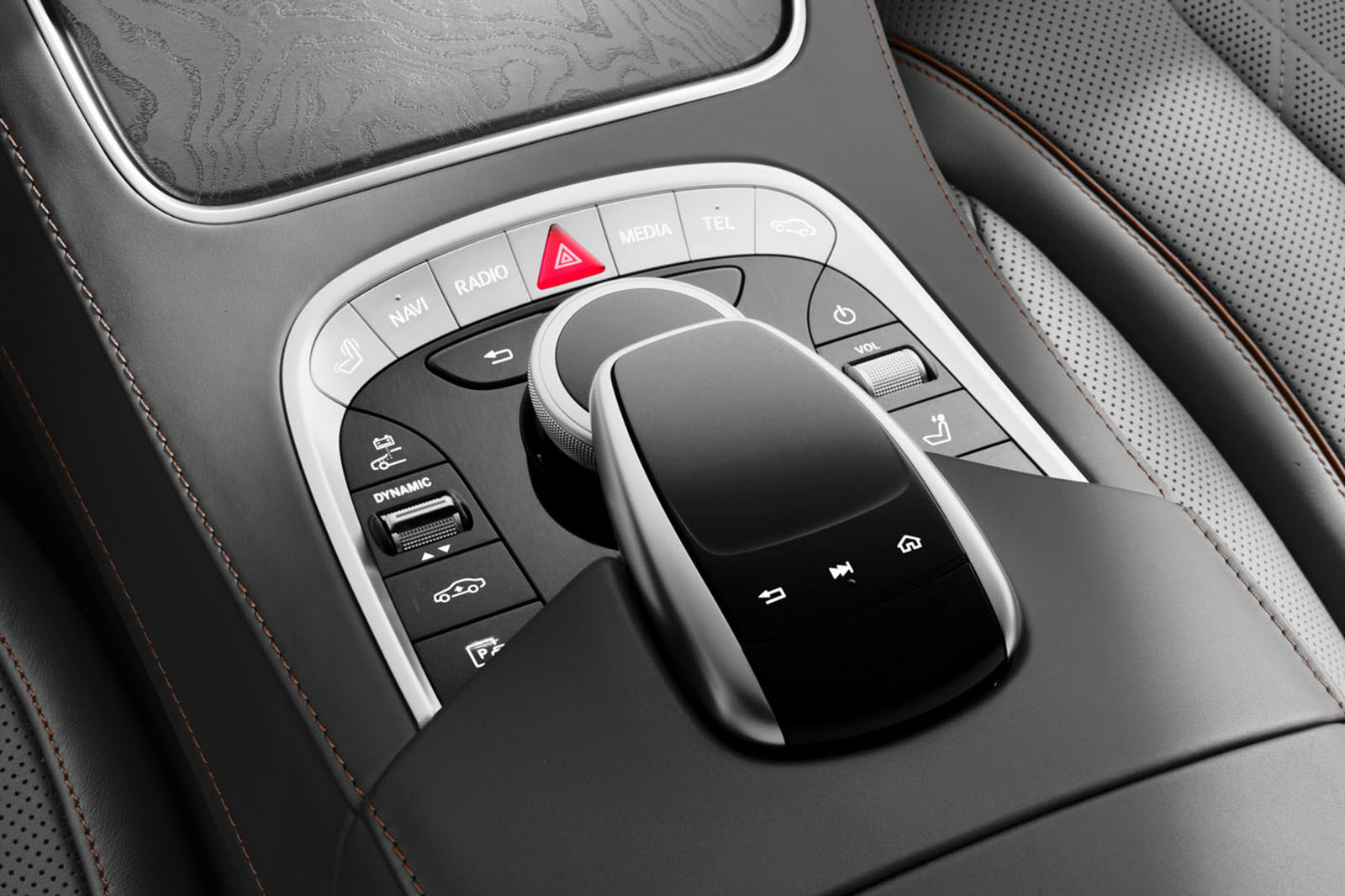

In November 2019, Daimler AG announced that Mercedes-Benz, up until that point a company marque, would be spun off into a separate wholly-owned subsidiary called Mercedes-Benz AG. Currently, Mercedes-Benz is one of the best-known and long-standing automotive brands in the world. Over the decades, Mercedes-Benz has introduced many electronic and mechanical innovations and safety features that later became common. A few American-based Daimler-Benz dealerships were converted into Mercedes-Benz dealerships when Daimler's non-Mercedes-partnered company closed in 1966. In 1958, the two companies began a partnership to sell their cars in the United States with Studebaker.

The company later paid $12 million in reparations to the labourers' families. Another source quotes this figure at 46,000. According to its statement, in 1944 almost half of its 63,610 employees were forced labourers, prisoners of war or concentration camp detainees. By 1942 the company had mostly stopped producing cars, and was now devoted to war production. To build the latter, in 1936 it built a factory hidden in the forest at Genshagen around 10 kilometres south of Berlin. įrom 1937 onward, Daimler Benz focused increasingly on military products such as the LG3000 lorry and the DB600 and the DB601 aero engines. The pontiff's Popemobile has often been sourced from Mercedes-Benz. One of the cars is currently on display at the War Museum in Ottawa, Ontario. Most of the currently surviving 770 models were sold at auctions to private buyers. Adolf Hitler was known to have driven in a model of this car during his time in power, with modified custom bulletproof windshields. Throughout the 1930s, Mercedes-Benz produced the 770 model, a car that was notably popular throughout the Germany's Nazi period. At the end of 1863 he was appointed workshop inspector at a machine tool factory in Reutlingen, where he met Wilhelm Maybach in 1865.

After completing various technical activities in France as well as England, he later started working as a draftsman in Geislingen in 1862. After training as a gunsmith and working in France, he attended the Polytechnic School in Stuttgart from 1857 to 1859. Gottlieb Daimler was born on 17 March 1834 in Schorndorf. The first Mercedes-Benz branded vehicles were produced in 1926, following the merger of Karl Benz's and Gottlieb Daimler's companies into the Daimler-Benz company on 28 June of the same year. Later, in 1901, the name "Mercedes" was re-registered by DMG worldwide as a protected trademark. Many consider that race the time of birth for Mercedes-Benz as a brand. At the Nice race he attended in 1899, Jellinek drove under the pseudonym "Monsieur Mercédès" as a way of concealing his less fancy real name. But Jellinek's plans went further, and in as early as 1901, he was selling Mercedes cars in the "New World" as well, including United States billionaires Rockefeller, Astor, Morgan, and Taylor. His customers included the Rothschild family and other well-known people. At the time, it was a meeting place for the "Haute Volée" of France and Europe, especially in winter. Jellinek was a businessman and marketing strategist who promoted "horseless" Daimler automobiles among the highest circles of society in his adopted home. The Mercedes automobile was first marketed in 1901 by Daimler-Motoren-Gesellschaft (DMG).Įmil Jellinek, a European automobile entrepreneur who worked with Daimler Motoren Gesellschaft (DMG), registered the trademark in 1902, naming the 1901 Mercedes 35 hp after his daughter Mercedes Jellinek. Mercedes-Benz traces its origins to Karl Benz's creation of the first internal combustion engine in a car, seen in the Benz Patent Motorwagen – financed by Bertha Benz's dowry and patented in January 1886 – and Gottlieb Daimler and their engineer Wilhelm Maybach's conversion of a stagecoach, with the addition of a petrol engine, introduced later that year. Gottlieb Daimler, founder of Daimler-Motoren-Gesellschaft.


 0 kommentar(er)
0 kommentar(er)
